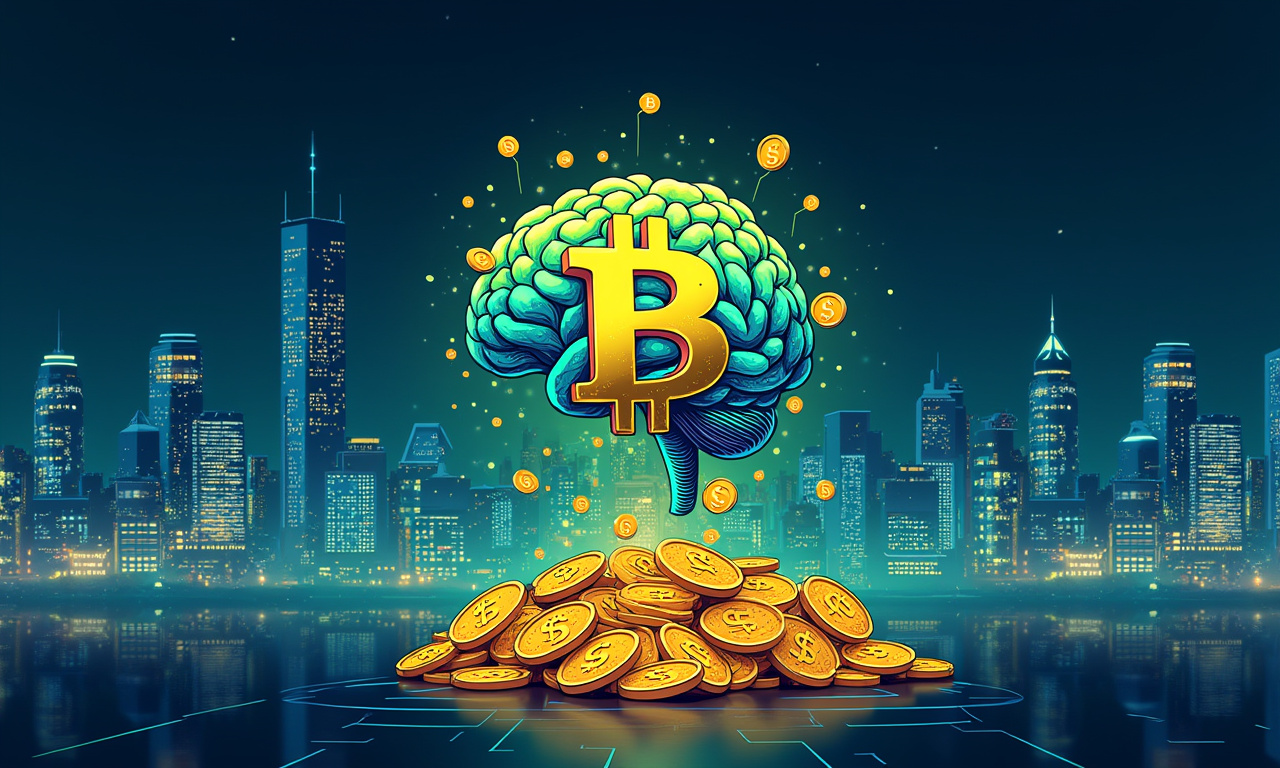Forget Wall Street. Forget Sotheby's. The real revolution in art and finance isn't happening in oak-paneled boardrooms, it's unfolding on decentralized exchanges. And trust me, it's a wild ride.
Art Galleries? Pshaw! DEXs Deliver
Having spent the better part of the last decade deep in the NFT ecosystem, I’ve seen promising artists fight an uphill battle against the gatekeepers of the old world. Galleries siphon off huge percentages, auction houses serve the 1%, and newly-minted artists have to scramble for a survival on crummy gigs. Sound familiar? It should. This is precisely how the incumbent, traditional finance world likes it.
DEXs? They’re flipping the script. Imagine a world where artists can directly connect with collectors, setting their own prices, controlling their royalties, and building genuine communities around their work. This isn’t a utopian dream; it’s already being pioneered today on platforms such as Art Blocks Engine, Zora and Foundation.
Think of it like this: remember when file sharing services like Napster disrupted the music industry? The difference with what DEXs are now doing to the art world is that artists are getting paid. The energy has definitely shifted, and the old guard is fighting for their lives to catch up. That's exciting.
Volatility? Embrace the Untamed Frontier
Let's be real. The DEX landscape is messy. It's volatile. It's rife with scams and rug pulls. That is exactly what makes it great. It's the Wild West of Web3, and like any frontier, it's full of both danger and opportunity.
You hear horror stories, right? The NFT project that rug-pulls overnight, the smart contract exploit that drains millions. And yes, those risks are real. But so are the rewards.
Consider this: a relatively unknown artist mints an NFT collection on a DEX. Then, within a few hours, it goes viral, quickly racking up hundreds of ETH in sales. The artist, suddenly flush with capital, can reinvest in their work, support their community, and push the boundaries of their art. This type of instant fame just doesn’t happen in the old art world.
This is not only a question of dollars and cents, but of liberty itself. Freedom from the censorship of museums, freedom from the demands of art fairs, freedom to make work without compromise. That's the power of DEXs.
The underlying technology of DEXs, such as smart contracts, is the foundation of this freedom. They streamline and automate trading logic, cutting up the friction and seamless lowering their operating costs. Together, these features make possible the rapid tokenization of real-world and digital assets alike. To that end, it champions community-inspired concepts like governance DAOs, reward-staking, and royalty distribution automation.
Beyond Crypto-Swaps Art's Next Evolution?
DEXs are evolving fast. They’re not just token exchange houses anymore. They’re evolving into multi-functional financial infrastructure platforms, the base layers for Web3. And that has enormous implications for the future of art.
Picture this, fractionalized ownership of masterpieces, letting you own a share of a Picasso. Imagine decentralized autonomous organizations (DAOs) curating and collectively stewarding our most significant art collections. Imagine NFTs that update in real time according to market trends or developments in the physical world.
These aren't just hypothetical scenarios. They're the building blocks of a new art ecosystem, one that is more democratic, more transparent, and more accessible than anything we've seen before.
Yes, there are challenges ahead. Security, compliance [ … Security Security Security Security Security Security Security! Compliance, and Scalability are important concerns to address. The opportunities are just too great to risk ignoring them. India, with its burgeoning web3 developer community and fintech expertise, is poised to play a leading role in shaping this future.
The traditional art world may scoff. They may dismiss NFTs as a fad. But they're missing the point. This is more than an argument in favor of digital art, but rather it’s about a larger change in the balance of power. It’s about organizing and supporting artists, democratizing access to resources—and ultimately, creating a more equitable art ecosystem. And that's something worth fighting for.
So, are you ready to saddle up and gallop into the Wild West of Web3 art and finance? Or do you just want to sit back and cheer from the cheap seats while the revolution goes on without you? Your choice. But don't say I didn't warn you. This is going to be epic.




